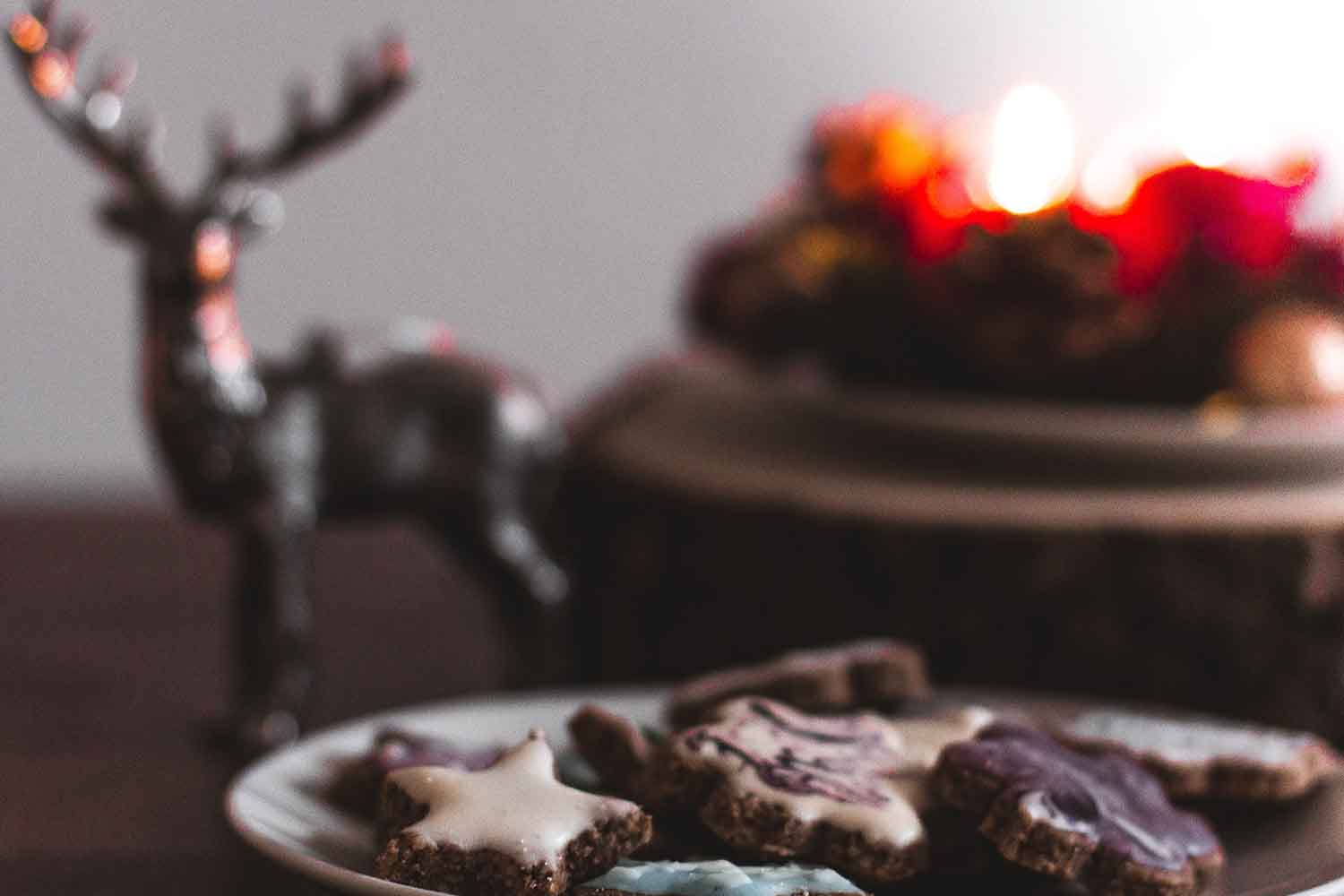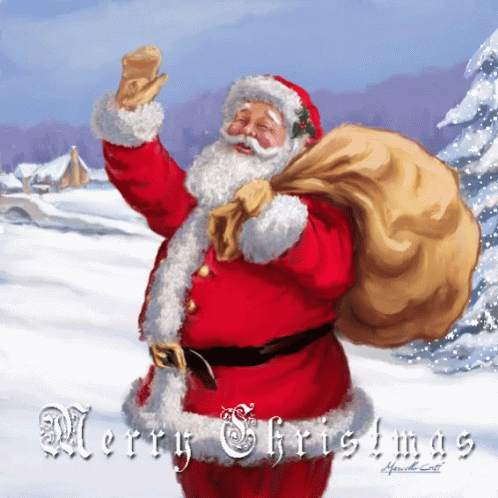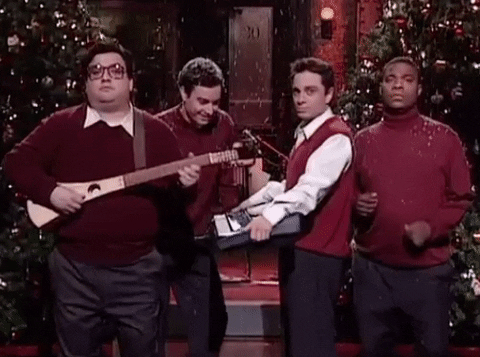Gingerbread (Lebkuchen) and Spekulatius (gingery biscuits) make an early September appearance in German grocery stores, giving shoppers their first taste of the festive season.
From the first Sunday of Advent on, communities throughout the country get into the Christmas mood with the help of Christmas markets, Christmas music on the radio, and Christmas lights.
Most people’s families have a long-standing history of celebrating Christmas together. Some of the customs that are observed during the German Christmas season are listed below.
-
Attending Church
About a quarter of Germans attend Christmas church services each year. Many people consider it a Christmas Eve must-do to attend the midnight service.
Most respondents mentioned that Christmas celebrations include lighting candles, putting up a Christmas tree, making Christmas cookies, and exchanging gifts. Roughly 25 million Christmas trees, preferably real since artificial replicas are frowned upon, decorated German homes in 2020.
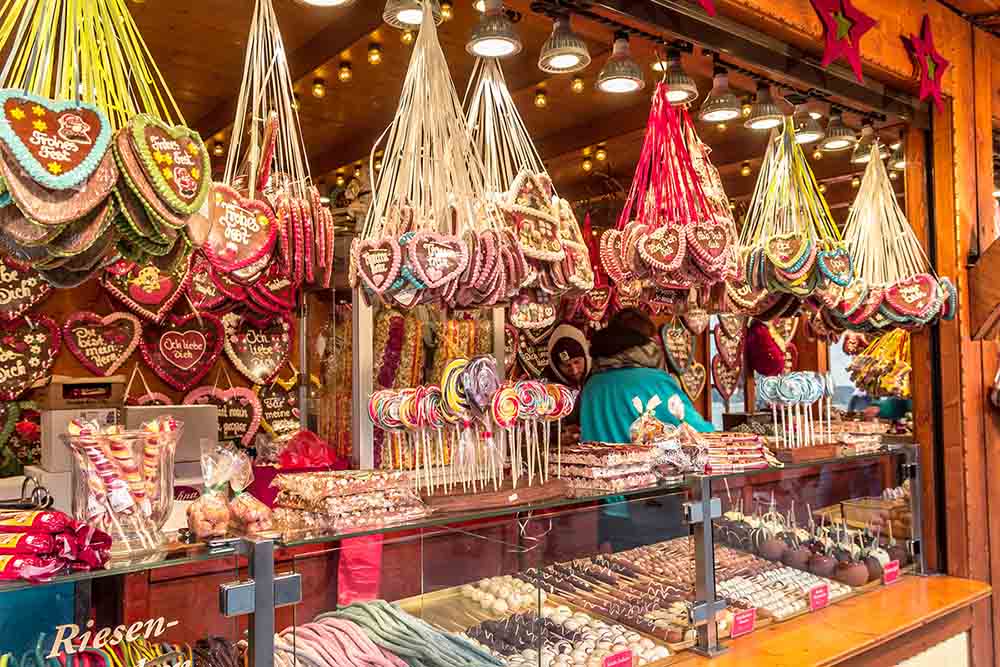
image: https://sillylittlekiwi.com/home/2018/12/3/the-best-christmas-markets-in-berlin-germany
-
Ski Jumping on Four Hills Tournament
The world-famous “Four Hills Tournament” (Vierschanzentournee) of ski jumping occurs between Christmas and New Year’s in Germany and Austria.
The event kicks off on the 29th or 30th of December in Oberstdorf, Germany. It continues on New Year’s Day in Garmisch-Partenkirchen, Germany, before moving on to Innsbruck, Austria, on the 3rd or 4th of January, and Bischofshofen, Austria, on January 6.
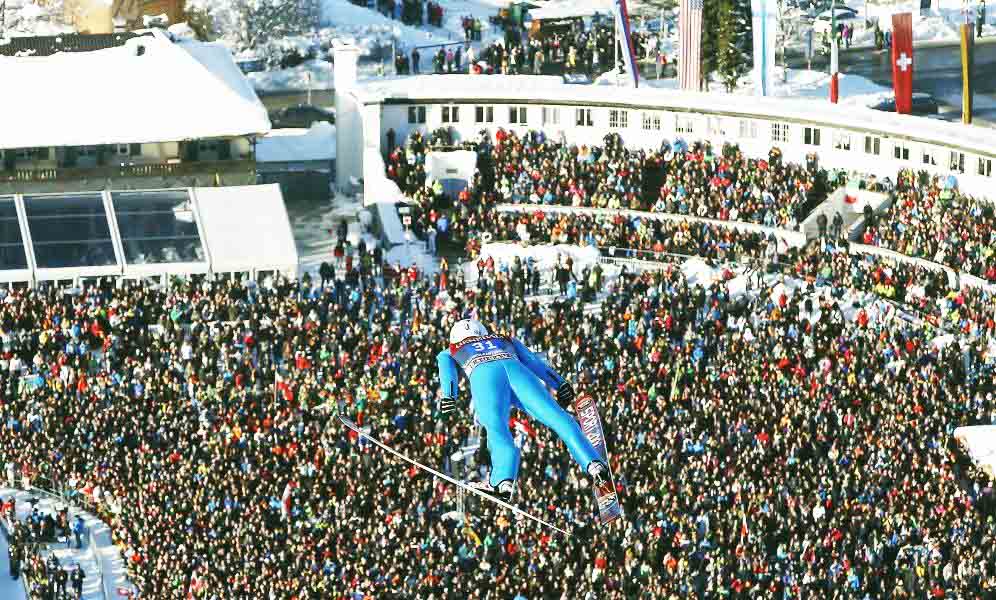
image: https://www.snow-online.com/skimag/ski-jumping-four-hills-tournament-dates-venues.htm
-
An Old German Custom of Christkind or Christkindl
Children in the southeastern portion of Germany, where the tradition originated, write letters to “des Christkind/Christkindl” requesting gifts.
Glued sugar makes the Christkind’s letters sparkle and shine. At the start of Advent or somewhere during the season, the children leave the letters on the window ledge.
Though “Das Christkind” can be translated directly into “The Christ Child,” Germans do not associate the Christkind with the infant Jesus. A girl who exemplifies “Christ-like” characteristics is commonly referred to as Christkind.
A little girl is selected annually to play the role of Christkind in a parade in Nürnberg. Her long, blond, curly hair is styled in a bun, and she dresses in all white with gold accents.
On that Friday before Advent begins, the Nürnberg Christkind unveils its Christmas market to the public. She has over 150 “formal obligations,” such as visiting hospitals, nursing homes, and daycares, to complete before Christmas! She also has to do some travelling and do some TV interviews.
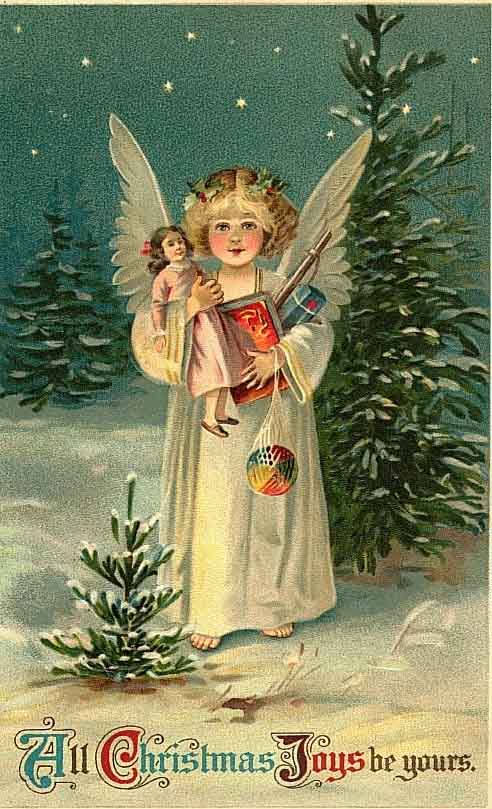
image: https://thejesusquestion.org/2015/12/14/instead-of-santa-christkindl/
-
Santa Claus Tradition
It is traditionally believed that on December 24, Santa Claus or Father Christmas (der Weihnachtsmann) delivers all of the children’s presents.
Even if you aren’t in Germany, you can still send a letter to Weihnachtsmann. Santa Claus or Father Christmas (Weihnachtsmann) may or may not be the gift-giver, depending on who you ask.
On December 6 (St. Nicholas Day), in addition to receiving gifts from Christkind or der Weihnachtsmann, some youngsters also look forward to receiving treats from ‘der Nikolaus,’ commonly known as Santa Claus.
Children leave their shoes out for him the night of December 5th or 6th, and he delivers their gifts.
St. Nicholas may also knock on the door, at which point the kids would have to perform for him by singing, playing an instrument, or telling a story in exchange for gifts.
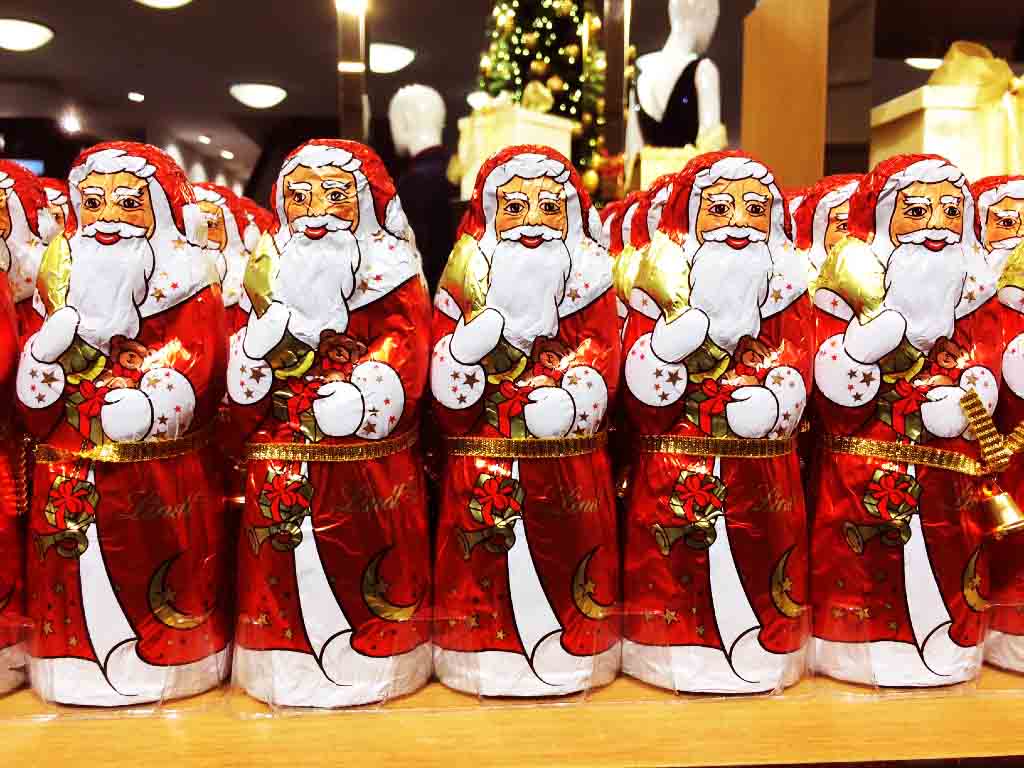
image: https://www.confectionerynews.com/Article/2021/12/08/Classic-German-chocolate-Santa-Clauses-rise-to-the-occasion
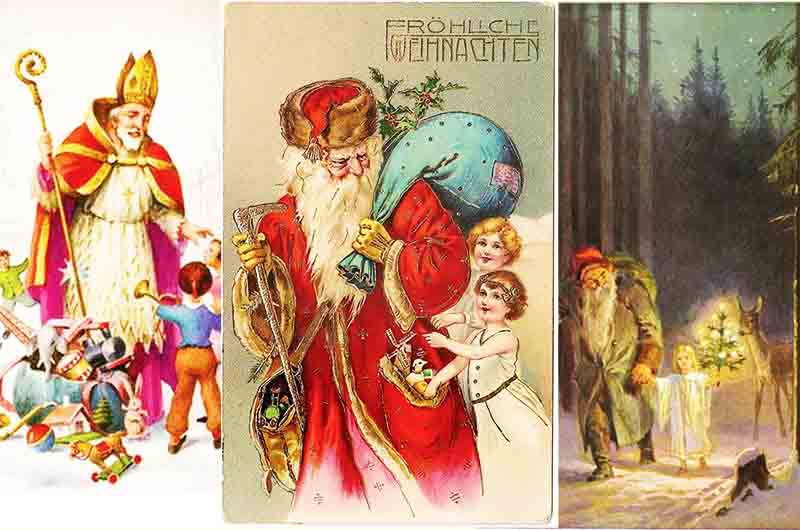
image: https://yesterdaysisland.com/smorgasbord-of-german-santas/
-
Tradition of the Knecht Ruprechts
A figure known as “Knecht Ruprecht” or “Krampus” travels with Nikolaus (St. Nicholas) on December 6 in several German districts. He’s a big-horned monster in tattered clothes and chains.
The kids who have been misbehaving will feel his wrath! He is the one who typically frightens the kids. St. Nicholas is accompanied by a little guy named Schwarzer Peter (Black Peter), who wields a short whip in some regions of Germany.
Black Peter often accompanies St. Nicholas. Santa is accompanied by Belsnickel, a fur-clad guy, in northwest Germany. Even if ‘der Nikolaus’ pays a December visit, he is not a traditional Christmas figure.
Secret gift exchanges are common at small gatherings such as offices and classroom parties. The door may be cracked open just enough for a few treats to be tossed inside.
Afterwards, everyone trades gifts with one another until they’ve all received what they should have. It is considered unlucky to try to figure out who gave which gifts.
Sometimes, in the spirit of “Secret Santa,” people will do pleasant things for one another or offer modest gifts to someone they haven’t met before (also known as “Wichtel,” or a small Christmas gnome/elf).
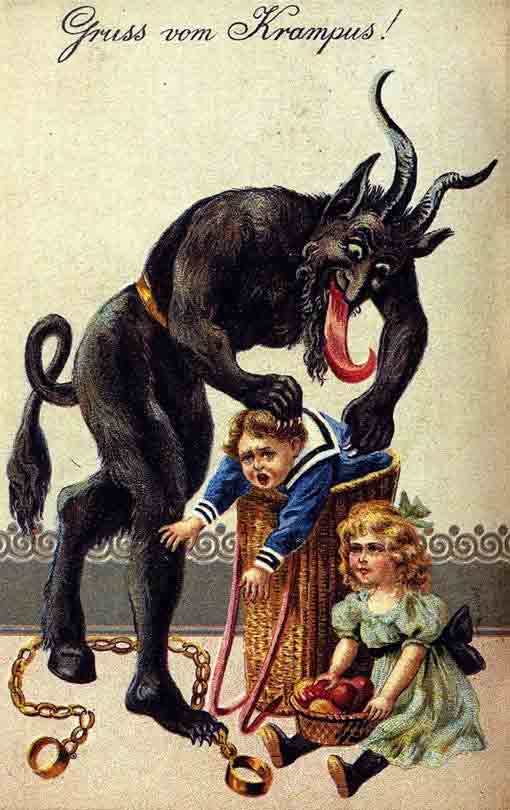
image: https://www.pretty-attitude.com/blogs/news/55347845-the-story-of-knecht-ruprecht
-
The Tradition of the Sternsingers
Sternsinger, sometimes known as a star singer, is a type of street performer who sings carols and collects donations for good causes (this is a predominantly Catholic tradition).
Four youngsters usually perform this song; three dress as the Magi and one carries a star on a stick to represent the Star of Bethlehem.
After the performance, they sign their names in chalk above the front door. There’s a specific way to write the sign, so the year 2022 would look like 20*C*M*B*22.
Washing the sign down the drain is deemed bad luck. Therefore it must fade away on its own. Its effects had petered out in previous years by January 6 (Epiphany). Between December 27 and January 6, the Sternsingers visit residences.
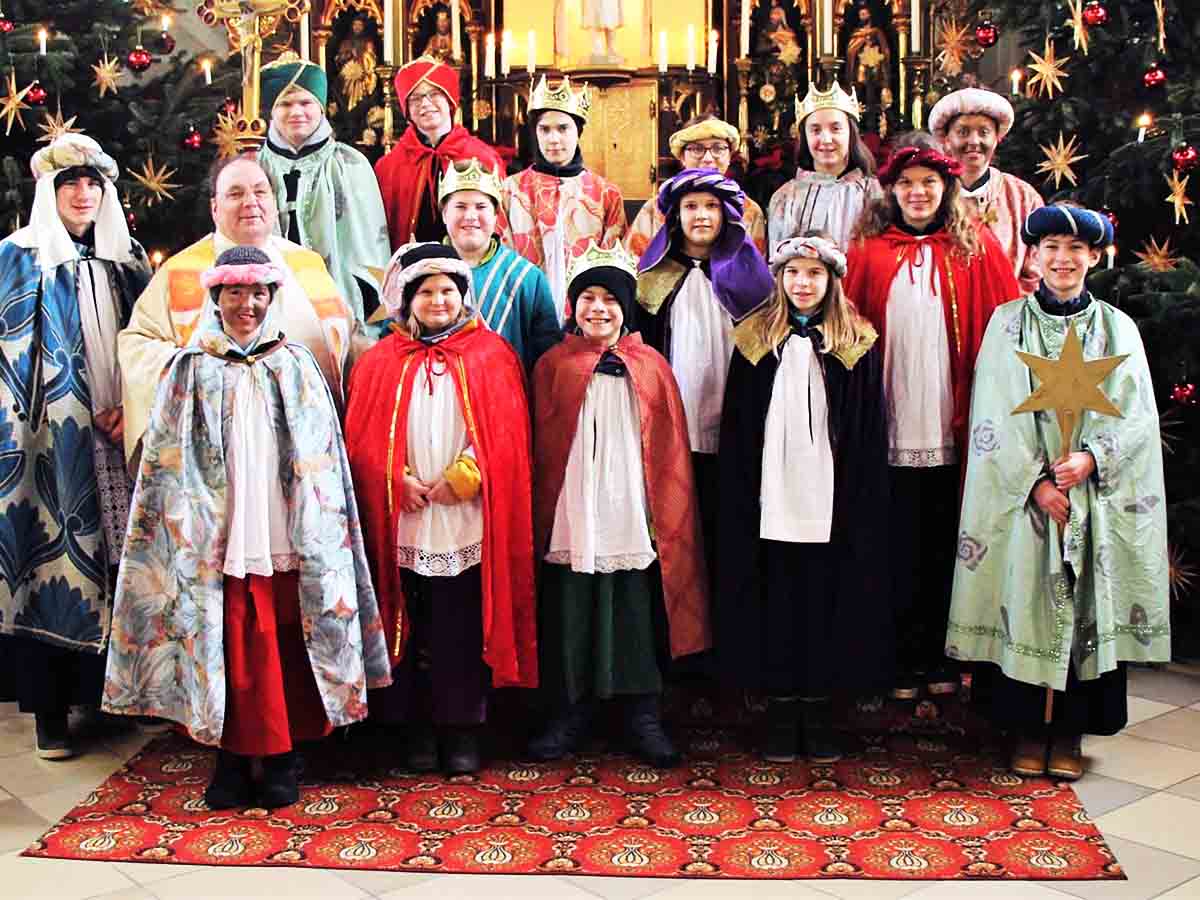
image: https://www.meine-anzeigenzeitung.de/lokales/dorfen/minis-sammeln-3000-euro-pfarrei-gruentegernbach-13442346.html
Conclusion
As with any society worldwide, the Germans also have their unique traditions, especially during the Christmas festivities. This guide has shared some of Germany’s traditions, customs, and celebrations over the Christmas period.
************************************************************


